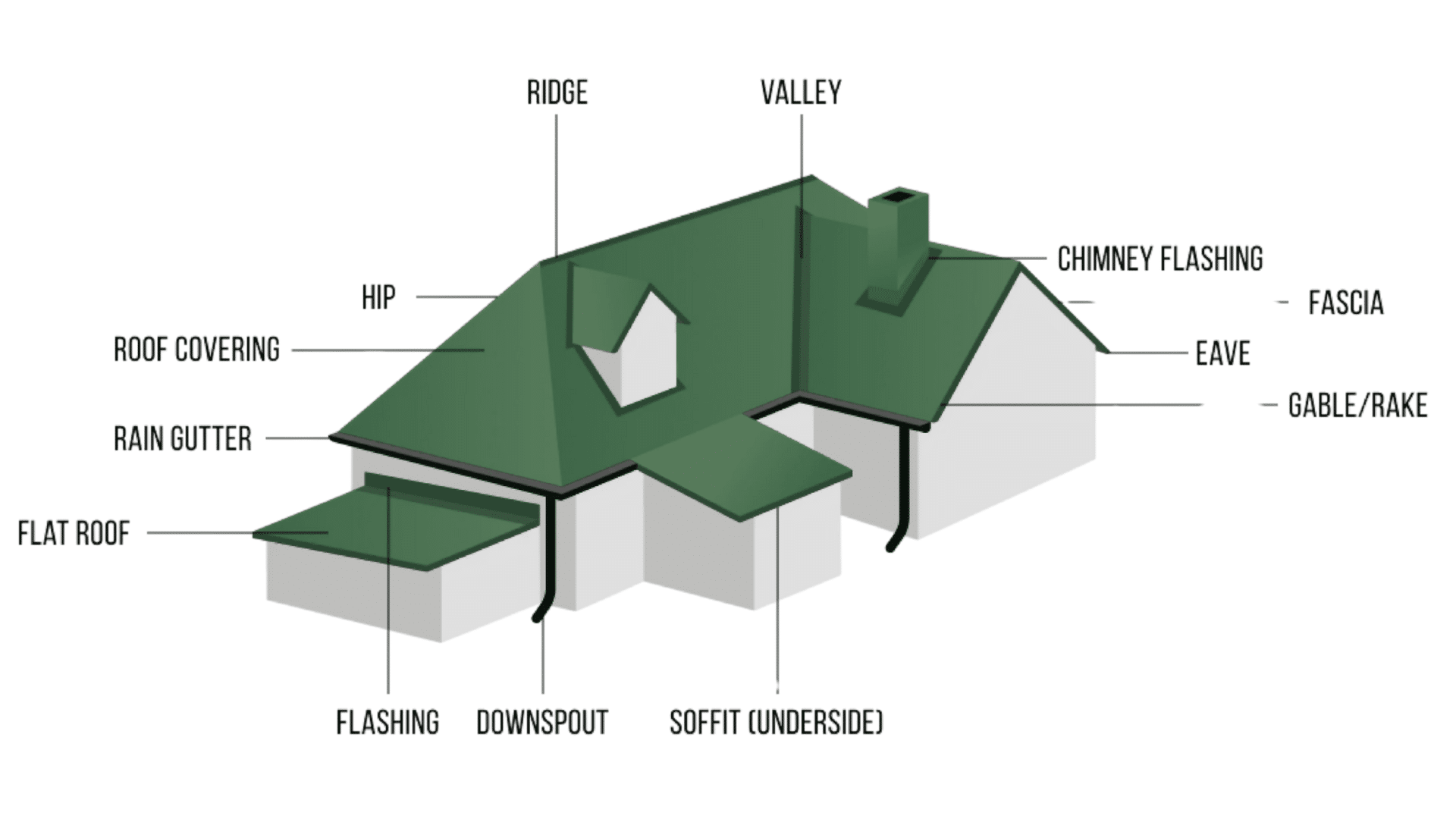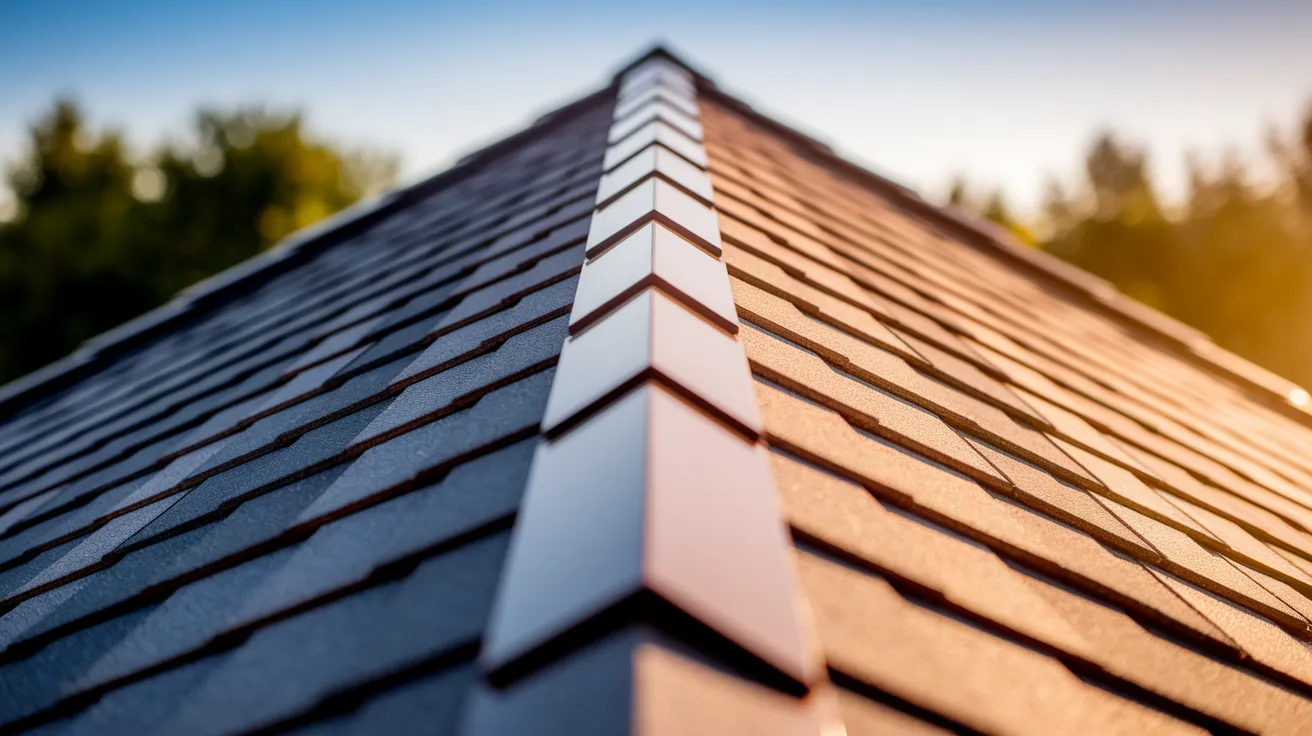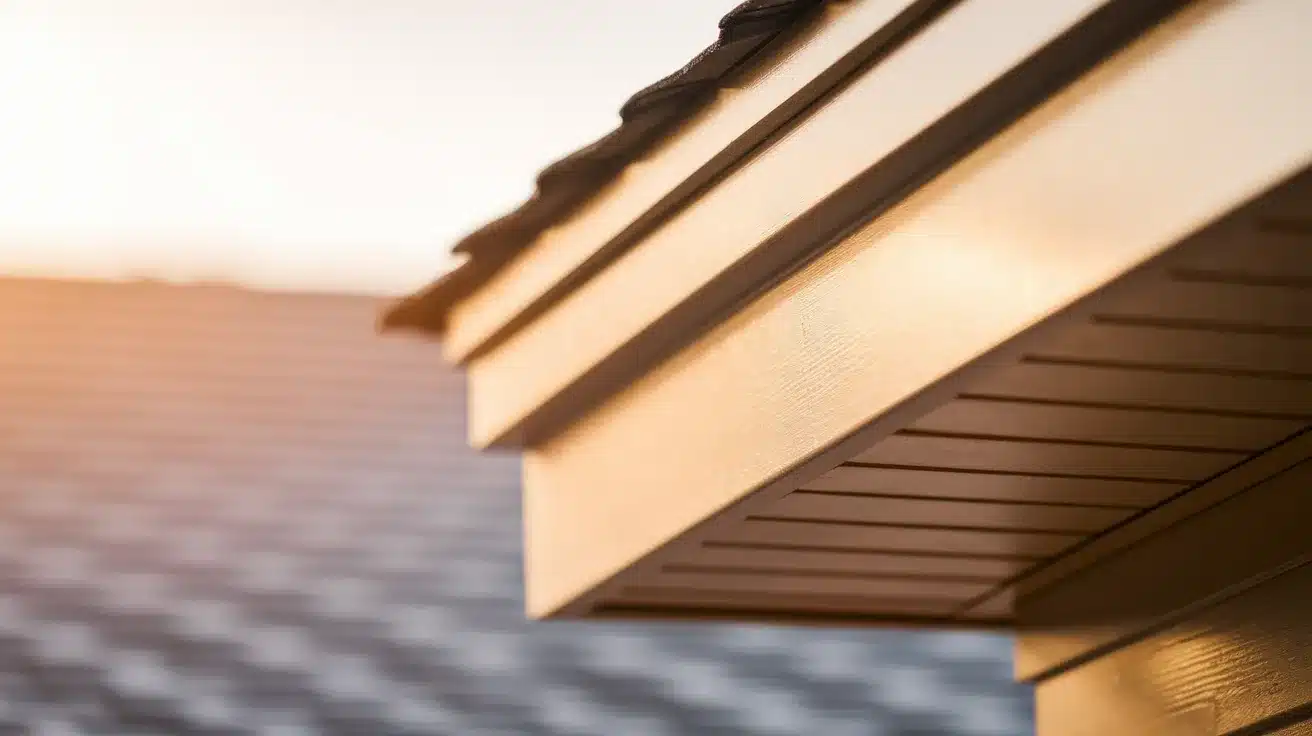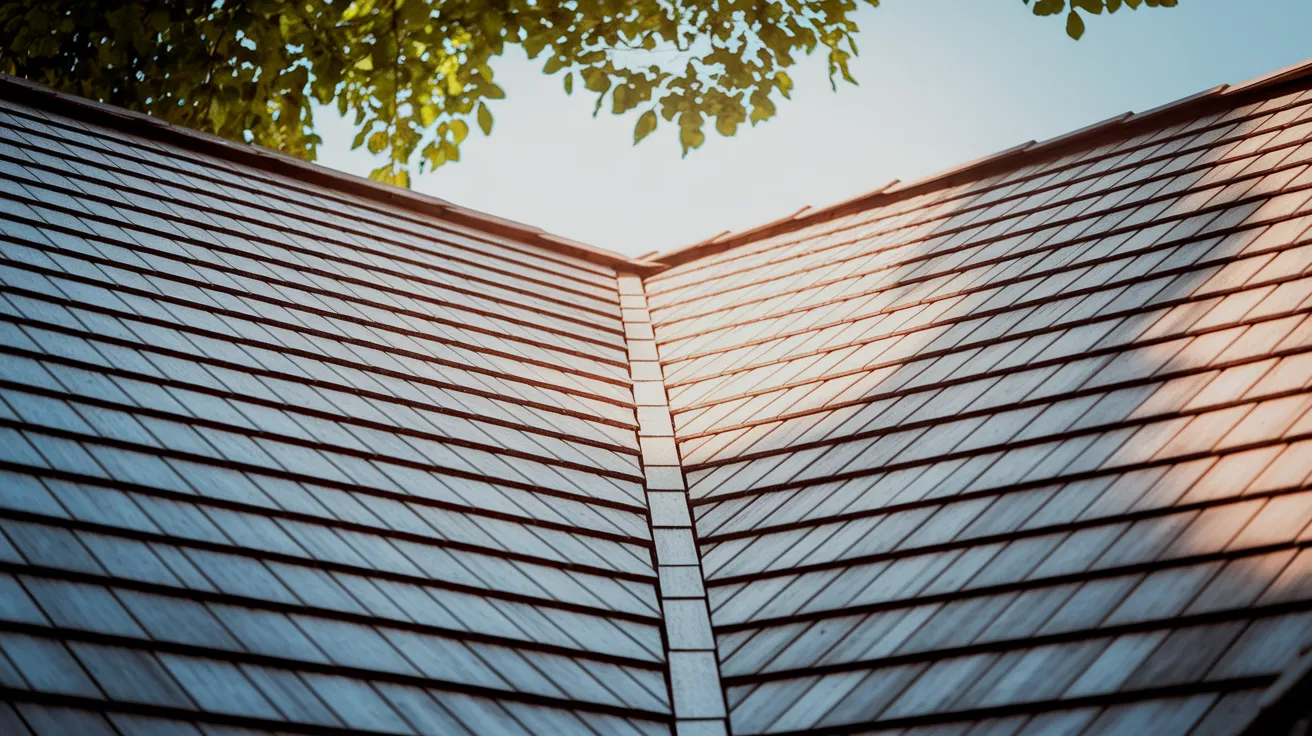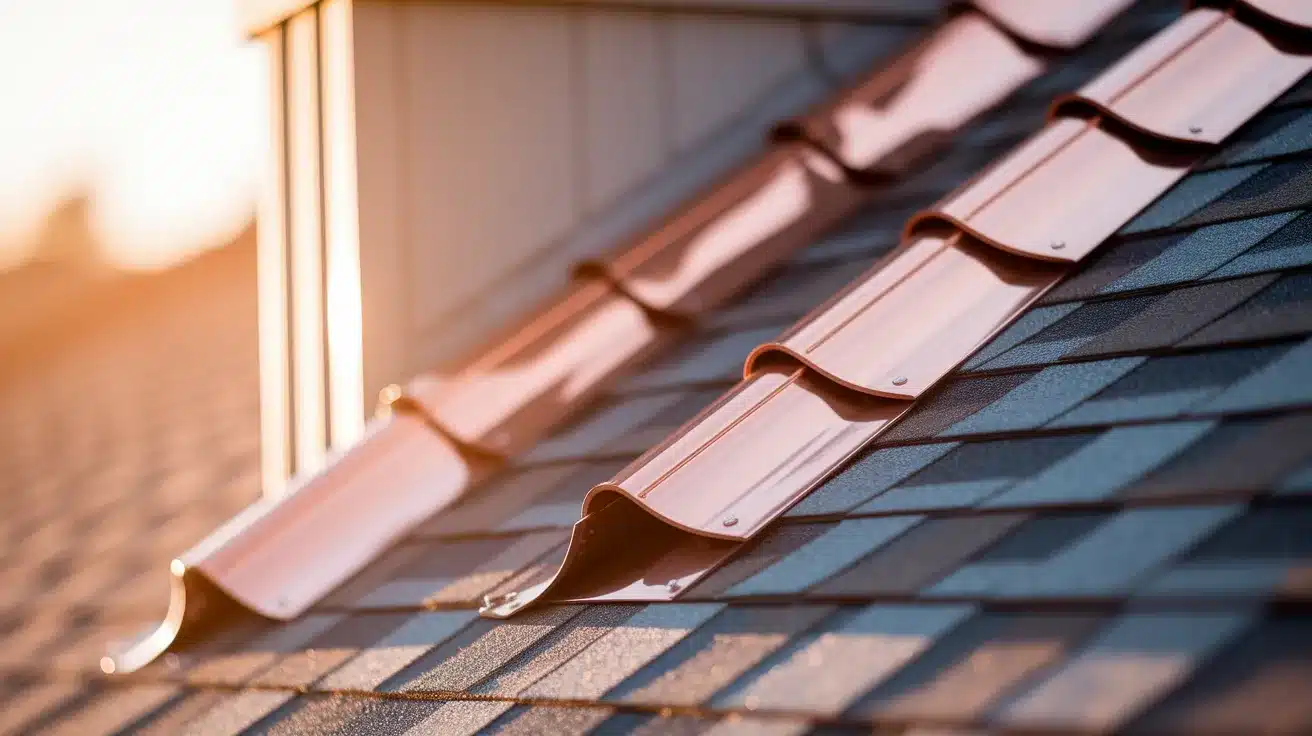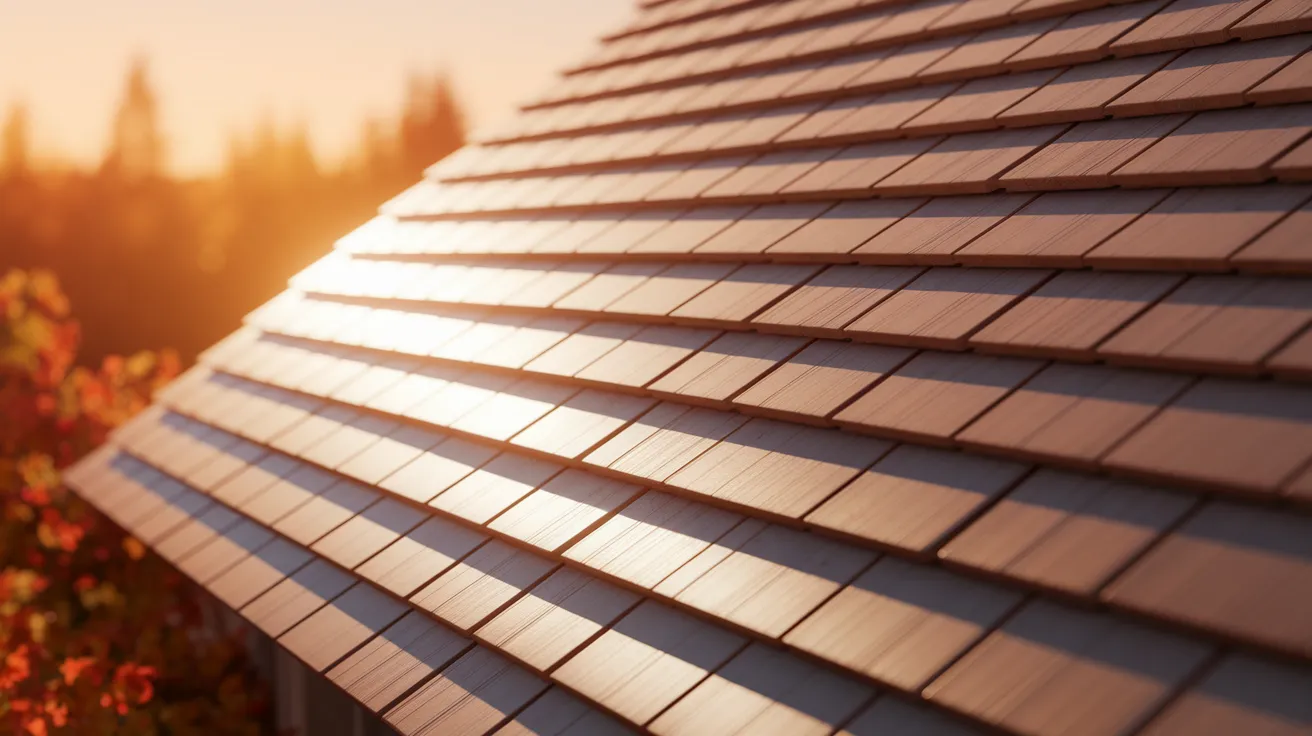Do you know what makes your roof work? Most homeowners don’t think about their roof until something goes wrong. A leaky spot or missing shingle suddenly makes roof parts a matter of concern.
Your roof has key parts that work together to keep your home safe and dry. Each piece protects you from rain, wind, and sun. Knowing these parts helps you identify problems early and communicate effectively with repair experts.
This guide breaks down each roof part in simple terms. We’ll walk through everything from the ridge at the top to the gutters along the edges. You’ll learn what each component does and why it matters to your home’s protection.
Let’s examine the essential components that comprise a complete roof system.
What is Roof Anatomy?
Roof anatomy refers to the components that comprise a roof system. Each part works with others to keep your home safe and dry. A roof has many sections that fit together like a puzzle. These parts shield your home from rain, snow, and sun.
Knowing about roof parts helps when you need to fix or replace them. Builders use this knowledge to construct sturdy roofs, and homeowners benefit from understanding basic roof parts when talking to repair people.
When you know the names of roof parts, you can explain problems better. Roof parts also affect how your home looks from the street. The shapes and materials used can add style to your house.
Different roof styles need different parts to work well. From the top ridge to the rain gutters, each element serves a purpose. Learning about roof parts helps you spot problems early. You’ll notice when something looks wrong or needs attention.
Roof Anatomy: 23 Parts to Keep Your Roof Strong
Learn the essential components that make up a roof’s structure—each one plays a critical role in protecting your home from the elements and ensuring long-term durability.
1. Ridge
The ridge forms the highest part of your roof. It creates a straight line where two roof slopes meet at the top. This peak must be well-built to withstand weather and time. Water flows down from this highest point in all directions.
The ridge is often covered with special materials for extra protection. Its proper construction affects the entire roof’s strength and water resistance.
2. Ridge Cap
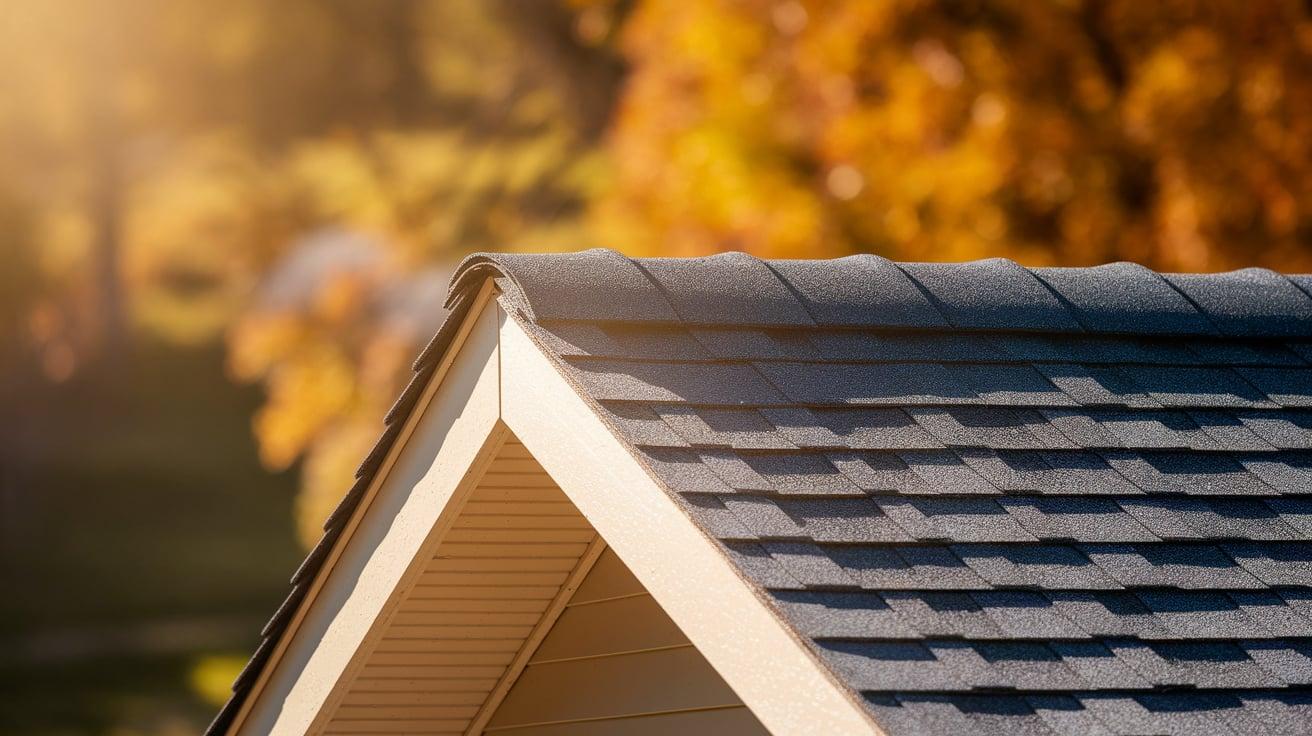
Ridge caps are special pieces that cover the ridge line. They shield the meeting point of roof panels from rain and snow. These caps stop water from seeping into the top seam of your roof. They often match the main roofing material but are shaped to bend over the peak.
Good ridge caps extend the life of your entire roof. They need a proper setup to allow air flow while stopping water entry.
3. Eaves
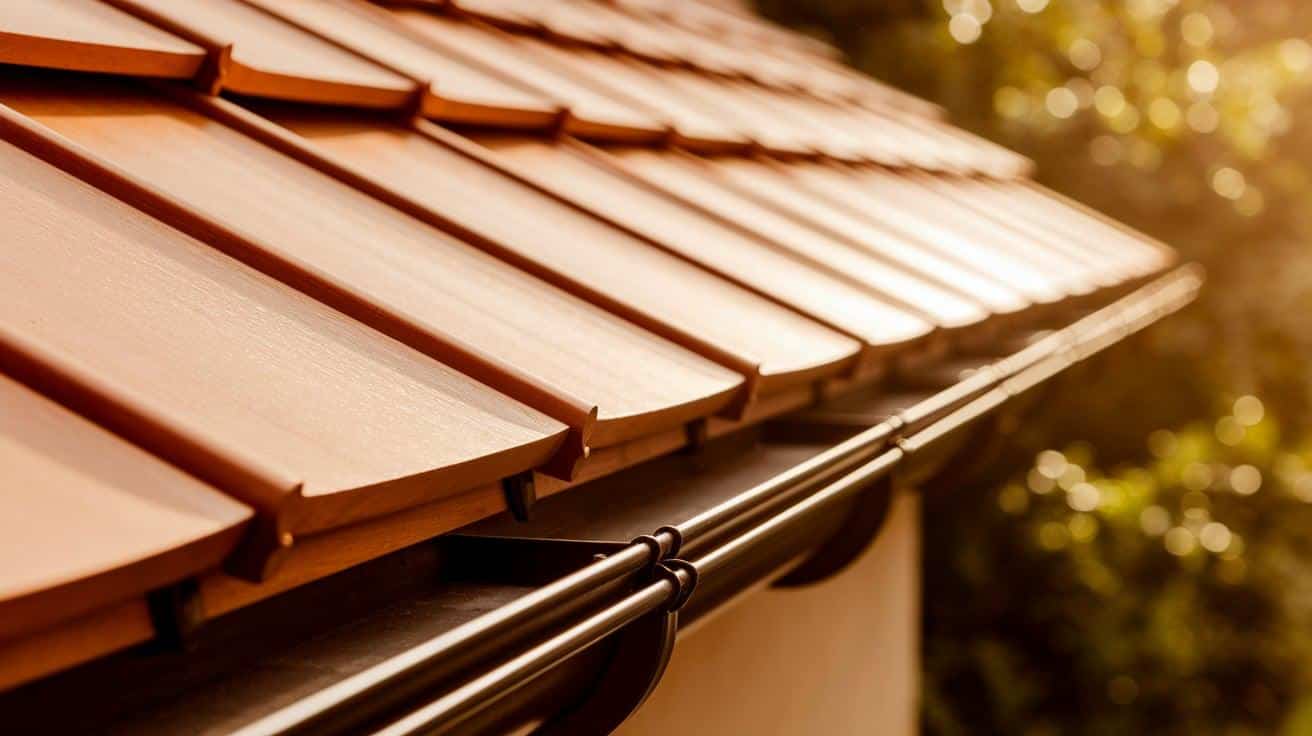
Eaves extend beyond your home’s exterior walls. They prevent rain from running down your walls and into the foundation. These overhangs help keep water away from windows and doors. Eaves can be open or closed depending on your home’s design.
They play a key role in protecting your home’s exterior from water damage. Proper eave design balances protection with style for your home.
4. Fascia
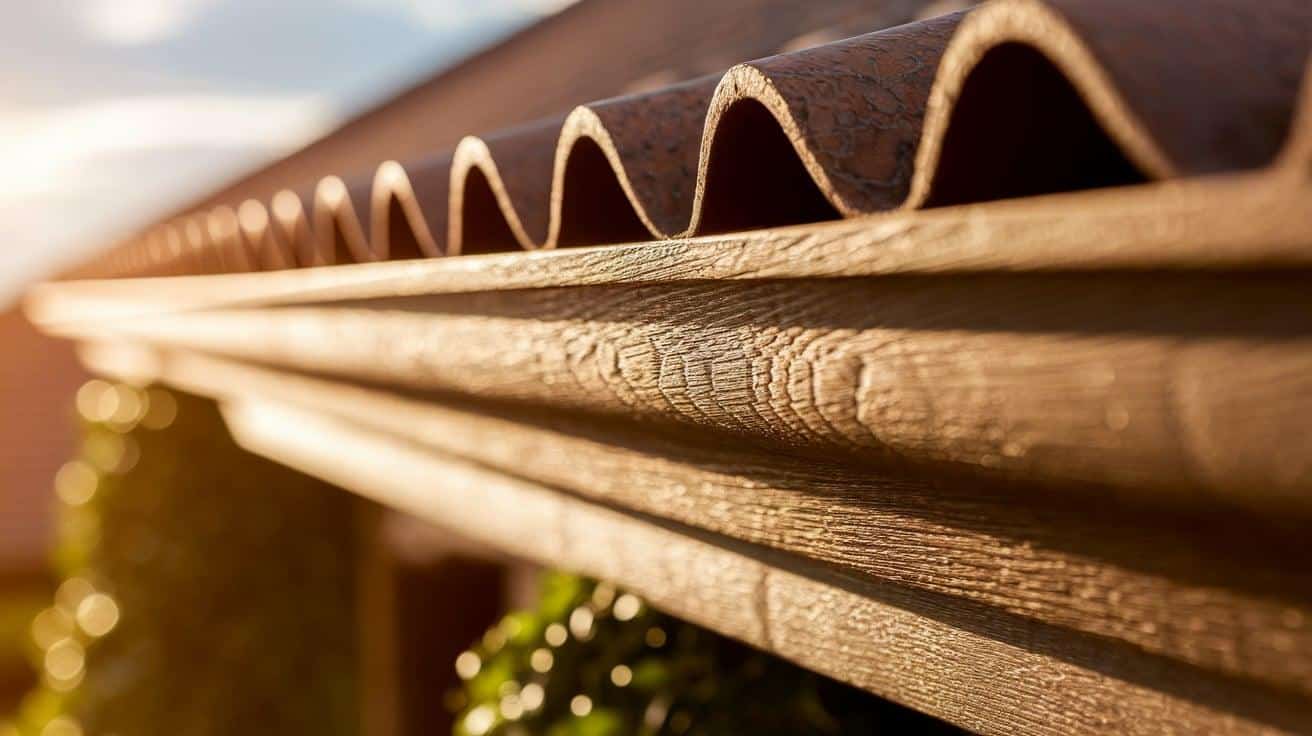
Fascia boards run horizontally along the lower ends of the roof. They cap the ends of rafters and give your roof a finished look. These boards serve as mounting points for your gutter system. Fascia protects the edges of your roof structure from weather and pests.
It needs to be sturdy enough to support gutters full of water. Most fascia comes in wood or weather-resistant materials that match your home.
5. Soffit
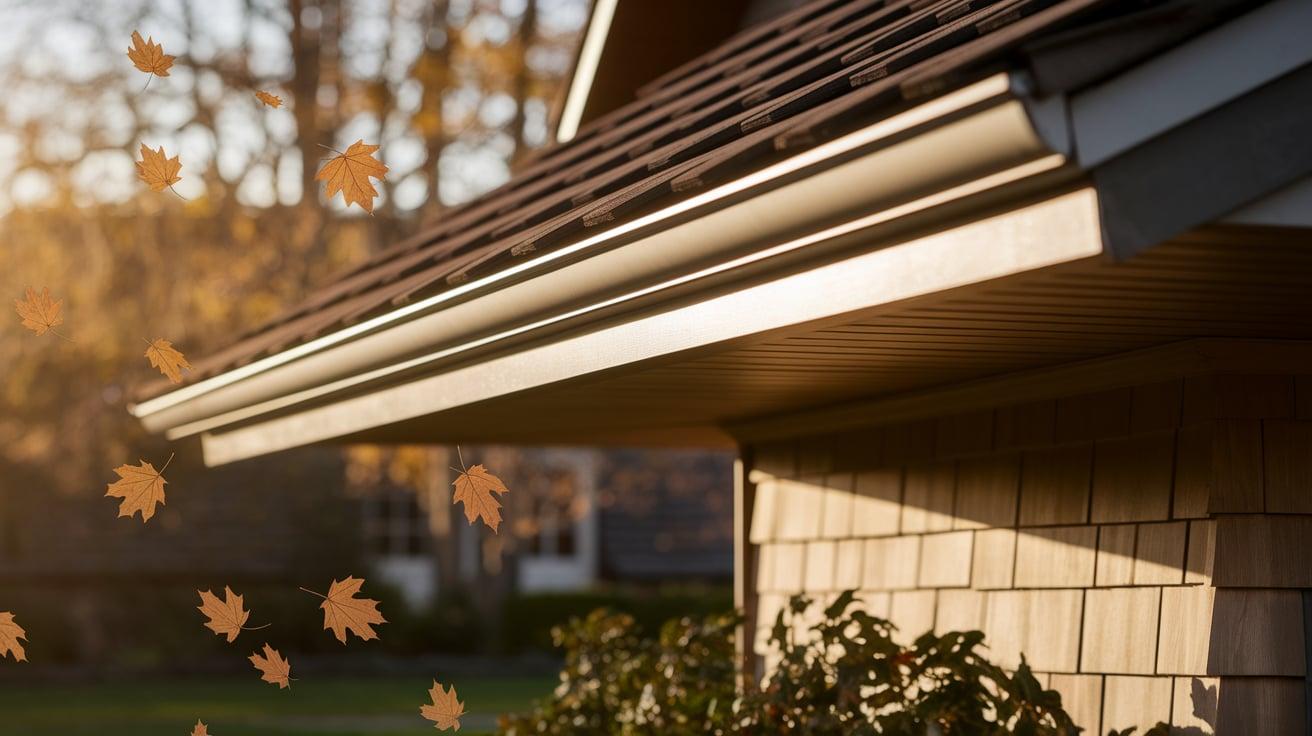
The soffit covers the underside of your roof’s overhang. It connects the fascia to your home’s exterior wall. Small vents in the soffit allow fresh air to flow into your attic. This ventilation helps control temperature and moisture in your attic space.
A properly vented soffit helps prevent ice dams in winter. It also helps extend shingle life by keeping the roof deck cooler.
6. Gable
The gable forms the triangular section of wall beneath the roof edges. It fills the space between the two sloping sides of the roof.
Gables often feature vents that help air flow through the attic. This wall section may have different siding than the rest of the house.
Gables come in various styles that add character to a home. They can be simple or have detailed trim work for added curb appeal.
7. Hip

A hip is where two roof sections meet at an outside corner. The sloped edge runs from the main ridge down to the eave.
Hip roofs have these angled edges instead of flat gable ends. These roof joints provide better strength in high winds than gable roofs.
Hips need special shingles or metal pieces to cover their exposed seams. They create a smooth, flowing look that many find very appealing.
8. Valley
Valleys form where two roof sections meet at an inside angle. These V-shaped channels direct rainwater toward the gutters.
More water flows through valleys than through other areas. They need extra waterproofing with special flashing and underlayment.
Valleys can be open (visible metal) or closed (covered with roofing). They require careful construction to prevent leaks over time.
9. Rafter
Rafters are the angled framing members that support the roof deck. They span from the ridge beam to the exterior walls.
These wooden beams provide the basic structure and shape of your roof. Rafters are spaced every 16 to 24 inches across the entire roof.
They must be strong enough to hold the roof load plus snow in winter. The size and spacing of rafters depend on your roof span and expected loads.
10. Truss

Trusses are pre-made frames that support the roof structure. They combine top chords, bottom chords, and web members in a triangle.
These factory-built units offer better structural strength than rafters. Trusses can span longer distances without middle support walls.
They save on labor costs since they come ready to install. Trusses must be planned early since they can’t be modified on-site.
11. Decking/Sheathing
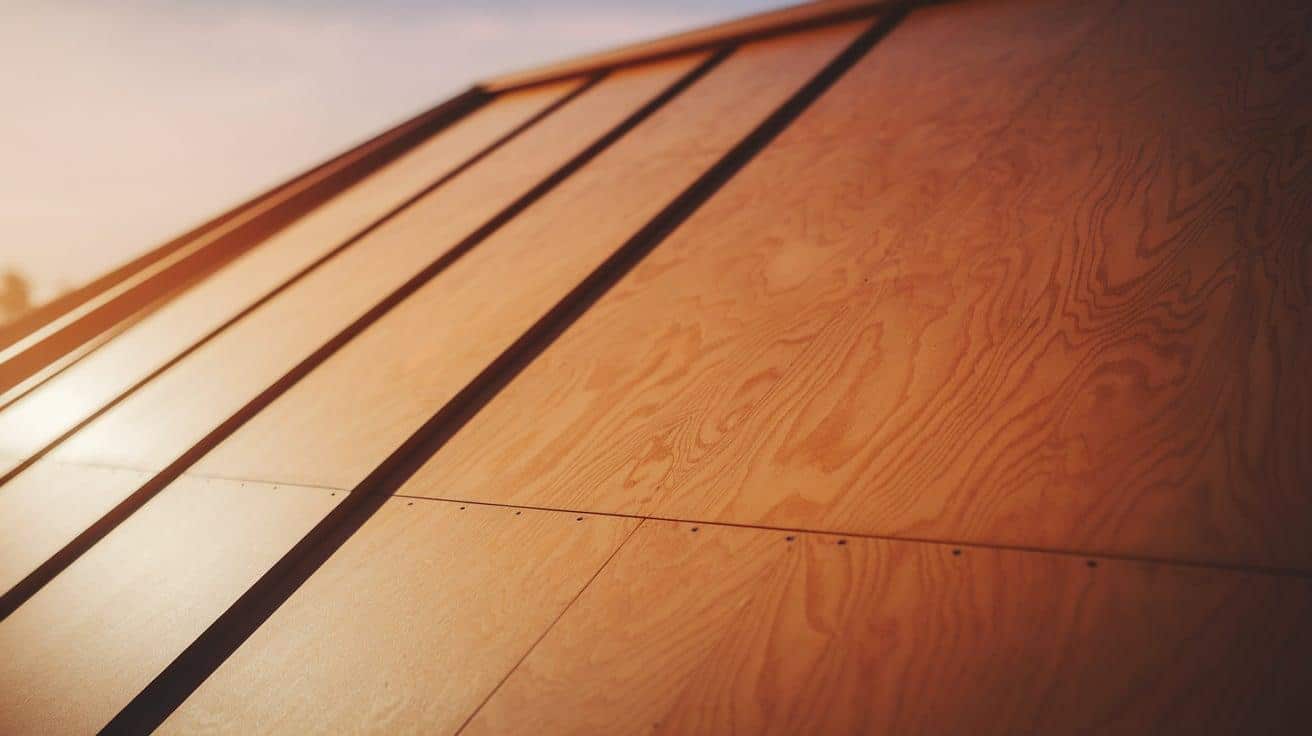
Decking creates the solid base layer that covers the rafters. This flat surface, usually plywood or OSB, spans between rafters. All roofing materials attach to this continuous wooden layer.
The decking must be thick enough to support people walking on the roof. It provides the nail base for underlayment and shingles. Good decking helps spread loads across multiple rafters for better strength.
12. Underlayment
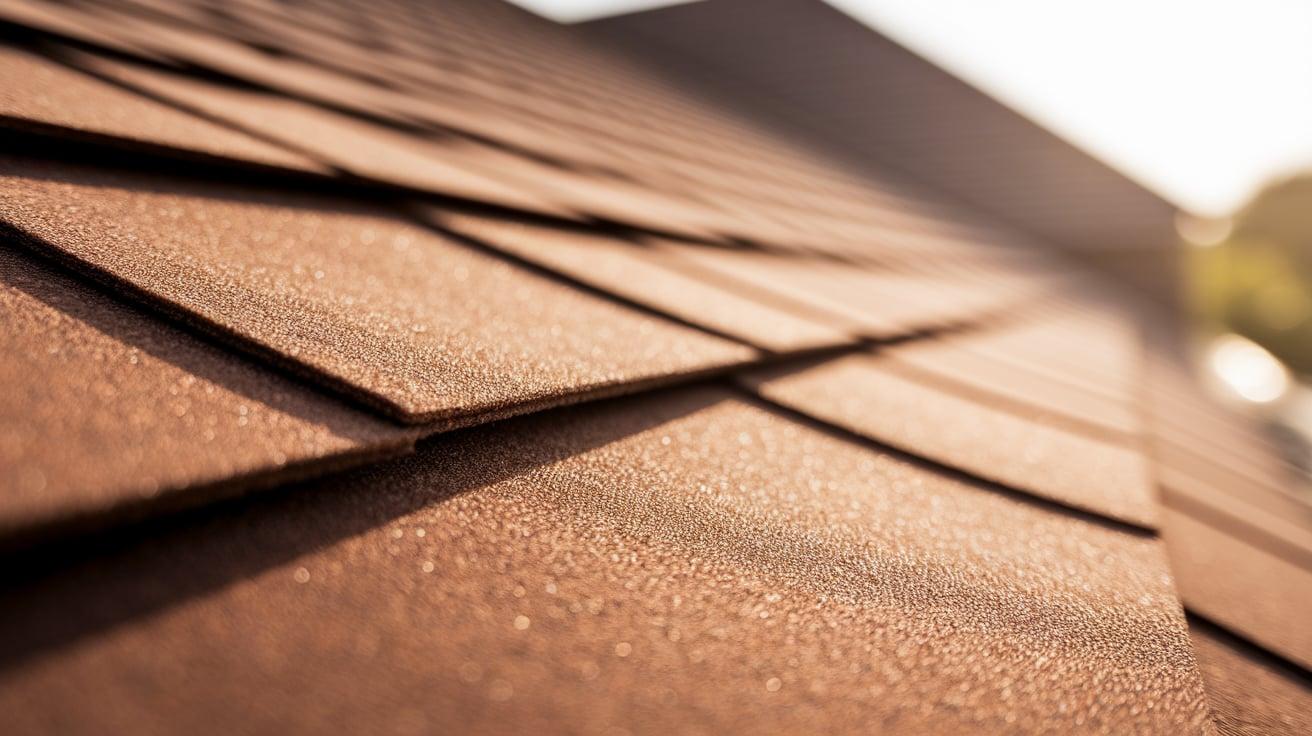
Underlayment is a water-resistant layer that covers the roof decking. It offers backup protection if shingles fail or blow off. This layer comes in felt paper or newer synthetic materials.
It serves as a second line of defense against rain and moisture. Underlayment also protects the deck during construction before roofing goes on. Heavier underlayment often goes in valleys and around roof openings.
13. Drip Edge
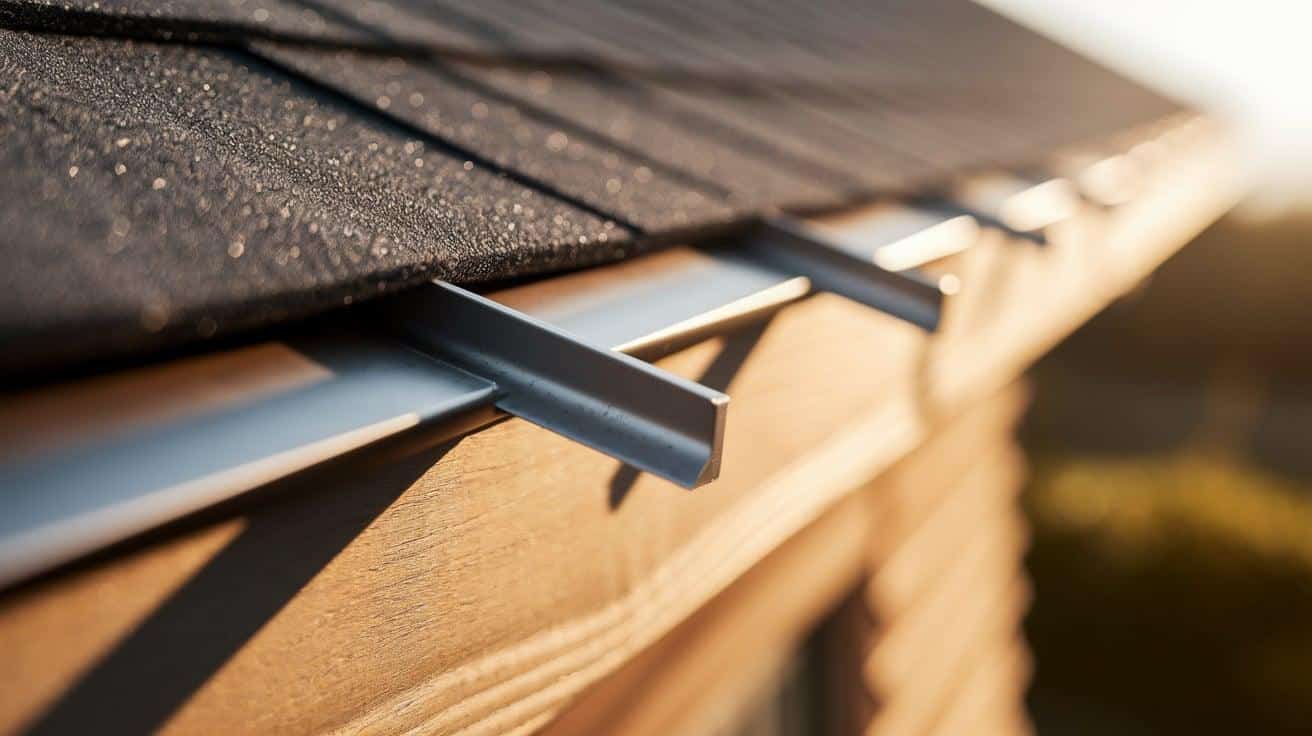
Drip edge is L-shaped metal flashing that fits along roof edges. It extends slightly past the roof edge to direct water into gutters. This small but important piece protects roof edges from water damage. It helps water flow off the roof without wetting the fascia board.
Drip edge also blocks water from getting under the first row of shingles. Building codes now require a drip edge on most new roofs.
14. Flashings
Flashings are metal pieces that seal joints where roof features meet. They cover gaps around chimneys, vents, walls, and valleys.
These thin metal strips prevent water from getting under roofing materials. Flashings must be properly layered with roofing for best protection.
They bend and form to fit odd shapes and angles on the roof. Most roof leaks happen where flashing is damaged or poorly installed.
15. Chimney
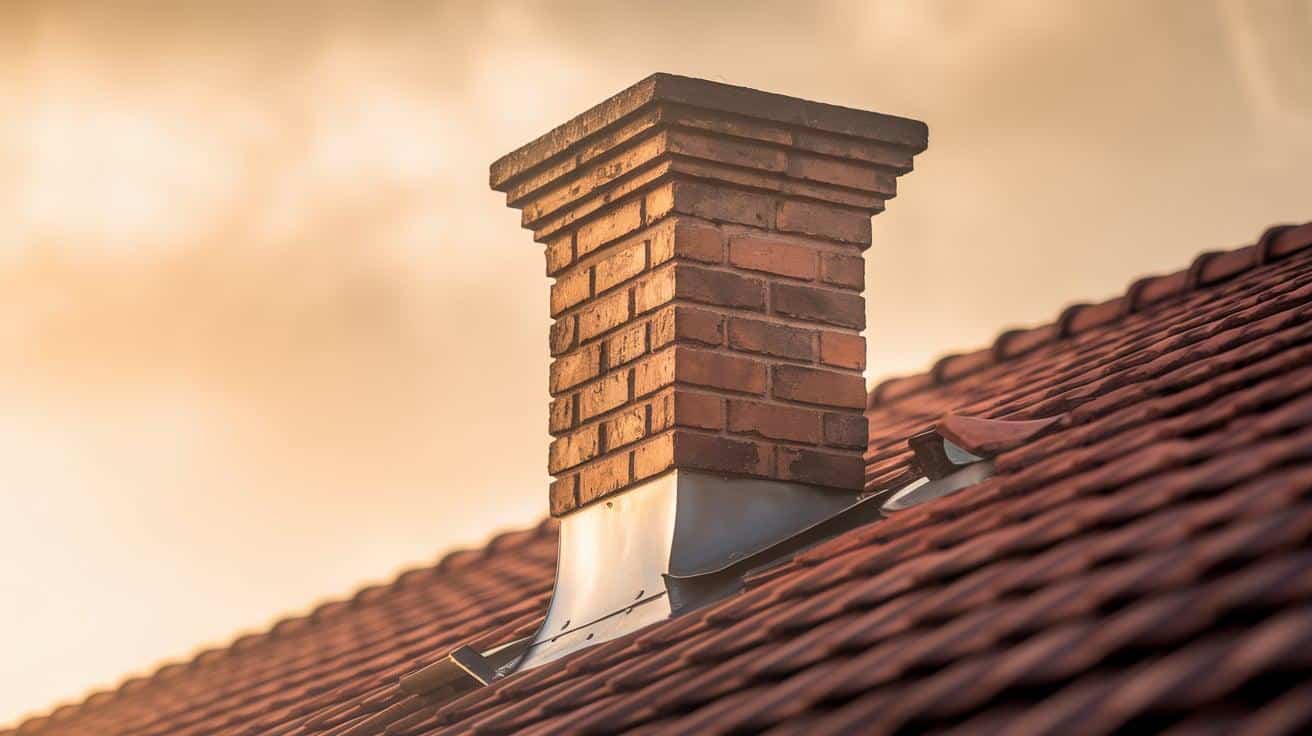
Chimneys extend through the roof to vent smoke and gases outside. They need careful flashing where they pass through the roof deck.
The base where they meet the roof often causes leaks if poorly sealed. Chimneys should extend at least two feet above nearby roof areas.
They need maintenance to prevent brick damage and water entry. A chimney cap helps keep rain and animals out of the flue.
16. Dormer
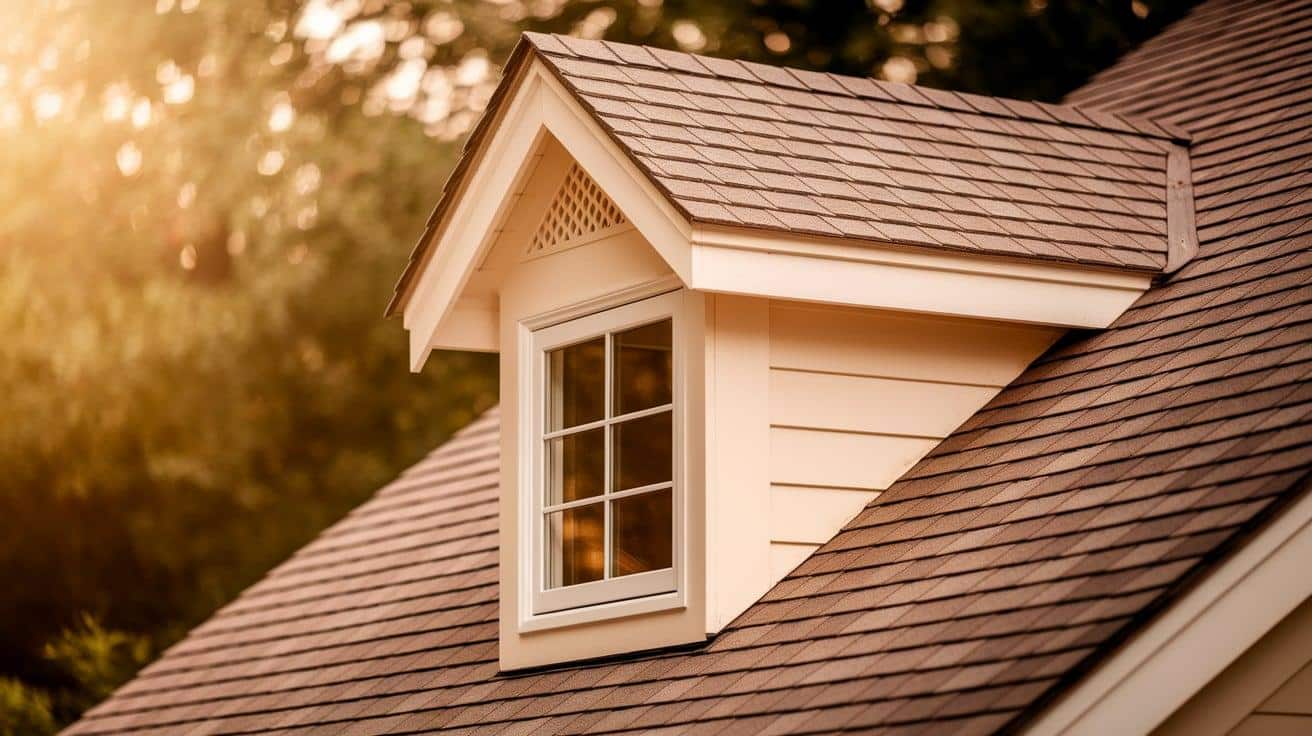
Dormers project outward from a sloped roof with their own small roofs. They add extra space and natural light to attic rooms.
These structures need proper flashing where they join the main roof. Dormers come in many styles, like gable, shed, or eyebrow designs.
They add visual interest while making the attic space more usable. Proper insulation around dormers prevents heat loss in winter.
17. Skylight
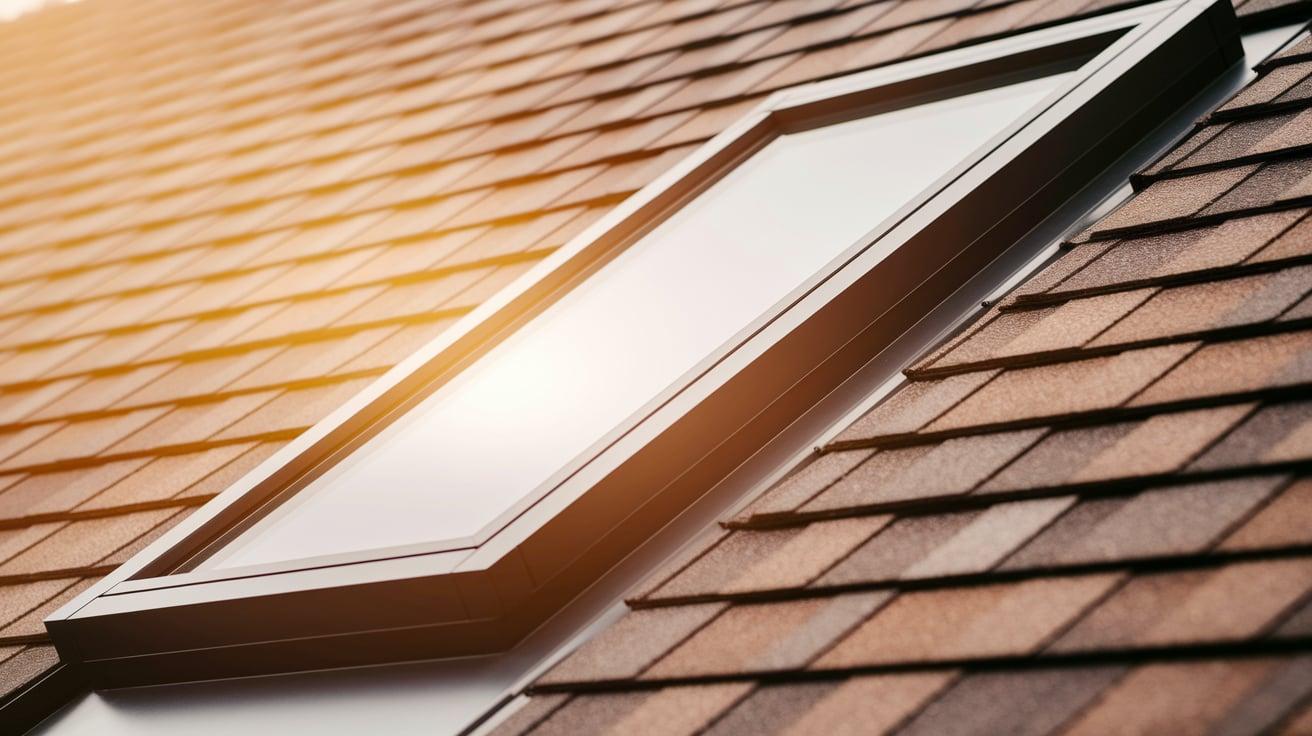
Skylights are windows built directly into the roof surface. They bring natural light into rooms that might otherwise be dark.
These glass panels need expert flashing to prevent leaks. Modern skylights often feature energy-efficient glass and opening mechanisms.
They can help reduce electric lighting needs during daylight hours. Skylights come in fixed or venting styles to match your needs.
18. Vent Pipe
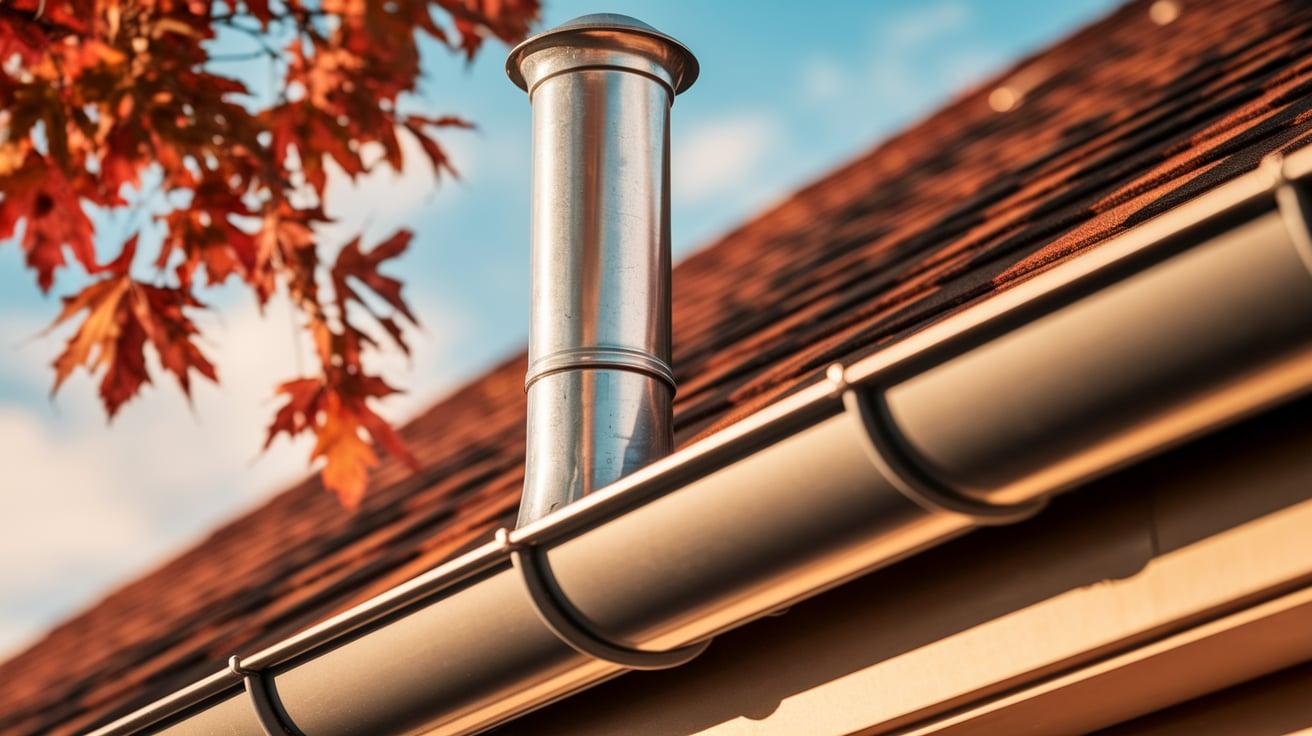
Vent pipes extend through the roof from plumbing fixtures below. They release sewer gases and help drains work correctly.
Each pipe needs a special flashing boot to prevent leaks. These pipes must extend above snow level in cold areas.
They serve an essential role in keeping your plumbing system working. Vent pipes need proper sealing where they pass through the roof.
19. Gutter

Gutters collect rainwater that runs off the roof edges. They form channels that run horizontally along the eaves.
These troughs direct water to downspouts instead of letting it fall freely. They protect siding, windows, doors, and foundation from water damage.
Gutters come in various materials like aluminum, steel, or vinyl. They need regular cleaning to work properly year-round.
20. Downspout
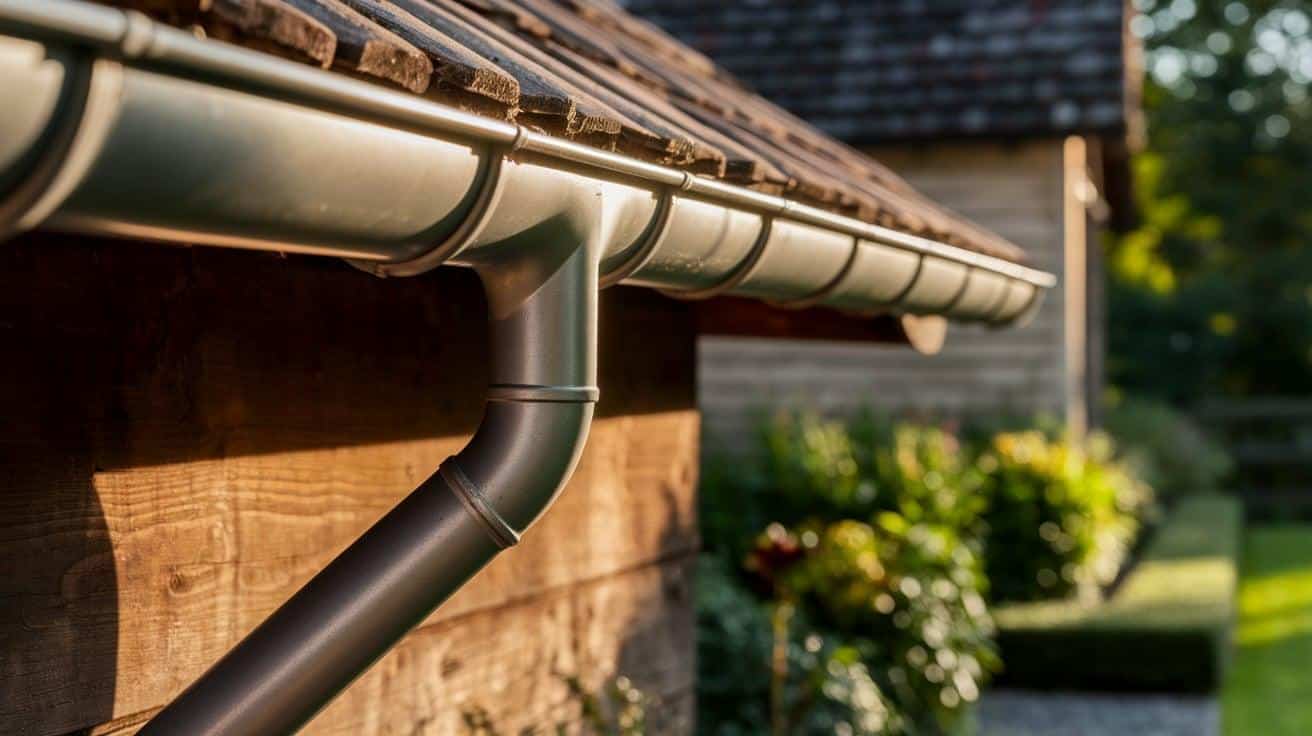
Downspouts carry water from gutters down to ground level. These vertical pipes attach to the corners of gutter runs. They direct rainwater away from your home’s foundation. Downspouts should empty at least 5 feet away from your house.
They prevent soil erosion and basement water problems. Extensions can be added to carry water even further from your home.
21. Valley Board
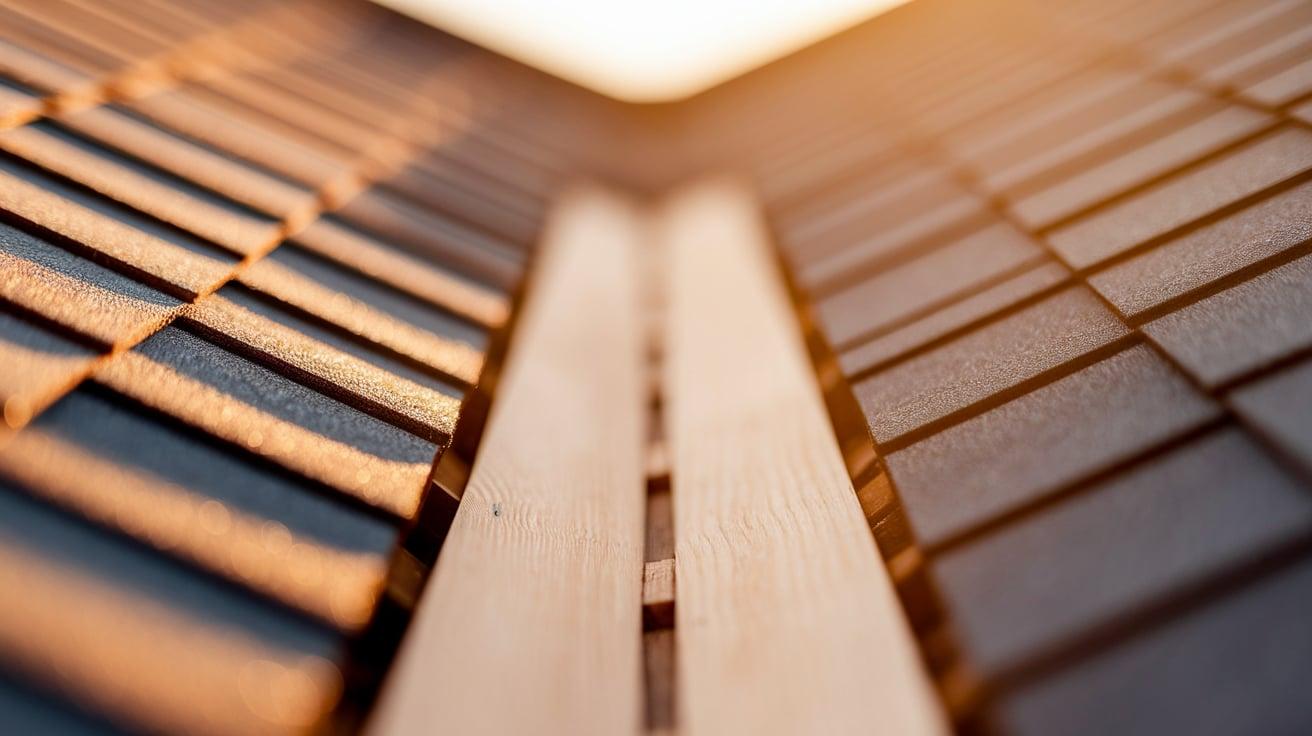
Valley boards provide extra support where two roof planes meet. They sit directly under the valley and support the valley flashing.
These wooden boards add strength to handle the extra water flow. Valley boards help prevent sagging in this critical drainage area.
They must be installed before the roof decking goes on. These supports help maintain proper water flow off your roof.
22. Coping
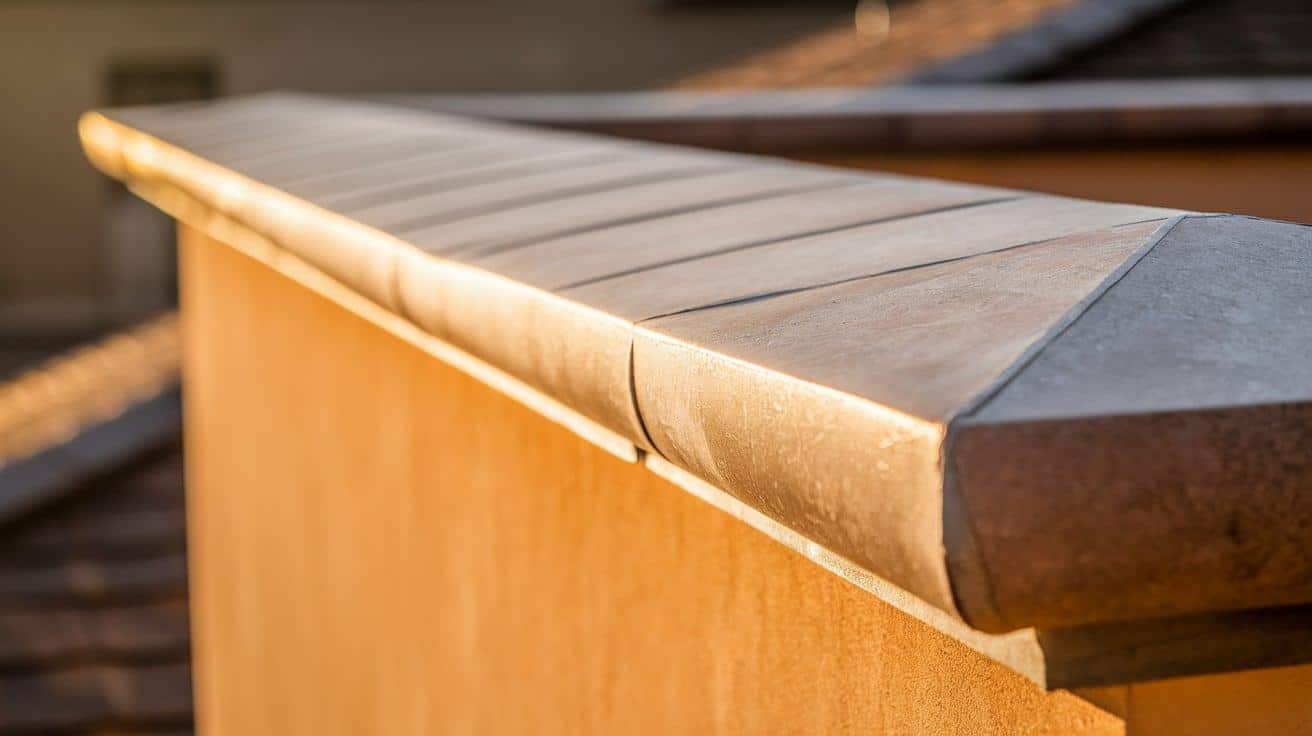
Coping caps the top of parapet walls on flat or low-slope roofs. It covers and protects the top edge of the wall from water damage.
These caps slope slightly to direct water back onto the roof. Coping may be metal, stone, concrete, or terra cotta material.
It prevents water from soaking into the top of the wall. Good coping extends the life of the parapet wall significantly.
23. Roof Covering
The roof covering forms the visible, outer layer of your roofing system. It might be asphalt shingles, metal panels, clay tiles, or other materials.
This top layer takes the brunt of sun, rain, wind, and snow. The covering must shed water while standing up to harsh weather.
It affects both the protection and appearance of your home. Materials vary widely in cost, lifespan, and style options.
Conclusion
Now you know the parts that make up a complete roof system. Each piece works with the others to keep your home dry and protected. From the ridge at the top to the downspouts that carry water away, every part serves a purpose.
This knowledge helps you spot potential problems before they become costly repairs. When you notice a sagging section or a missing shingle, you can name the area and explain it clearly to roofing pros. By catching small issues early, you’ll save time and money.
Regular roof checks become easier when you know what to look for. Check your gutters for clogs. Look at flashing points around chimneys and vents. Watch for damaged shingles after storms.
Your roof is your home’s first line of defense against the weather. By understanding how all these parts work together, you can help your roof last longer and perform better.
What part of your roof will you check first?
Frequently Asked Questions
How Often Should I Inspect My Roof?
Check your roof twice a year – once in fall and once in spring – plus after any major storms.
What’s the Average Lifespan of a Typical Roof?
Most asphalt shingle roofs last 15-30 years, while metal roofs can last 40-70 years and tile roofs 50+ years.
Can I Repair Roof Parts Myself or Should I Hire a Pro?
Small tasks like clearing gutters are DIY-friendly, but structural repairs and walking on steep roofs require professional help.
How Can I Tell if My Attic Has Proper Roof Ventilation?
Check for mold, damp insulation, or hot air in summer – these signs point to poor roof ventilation.

